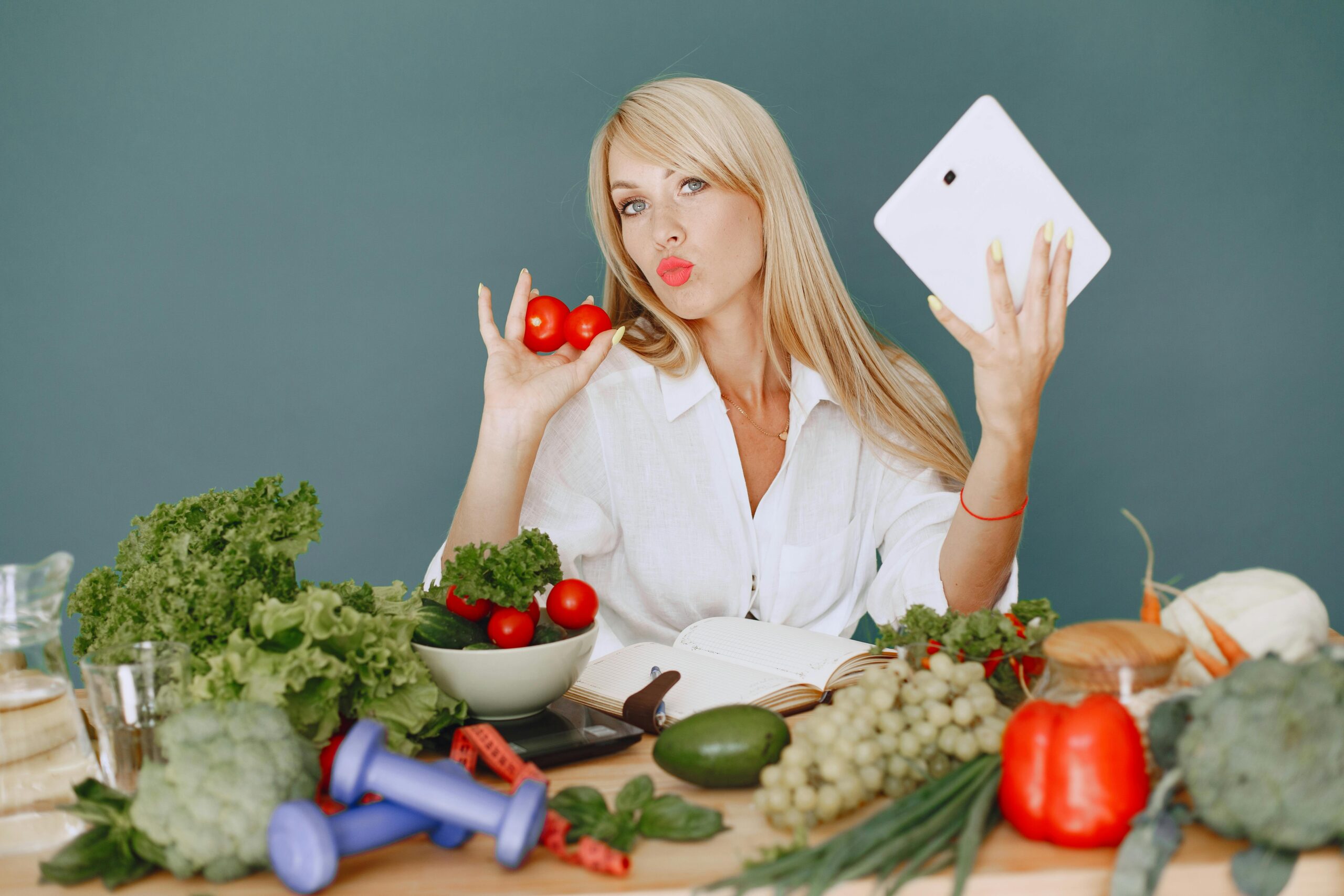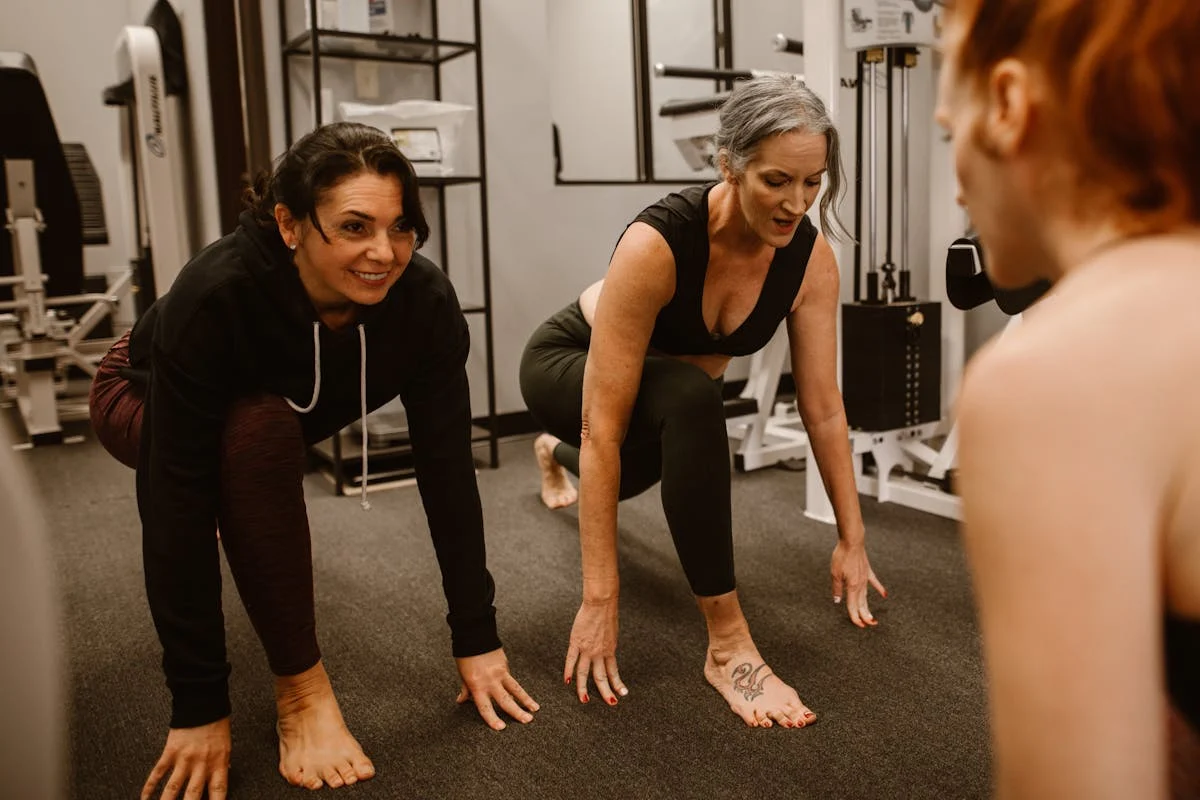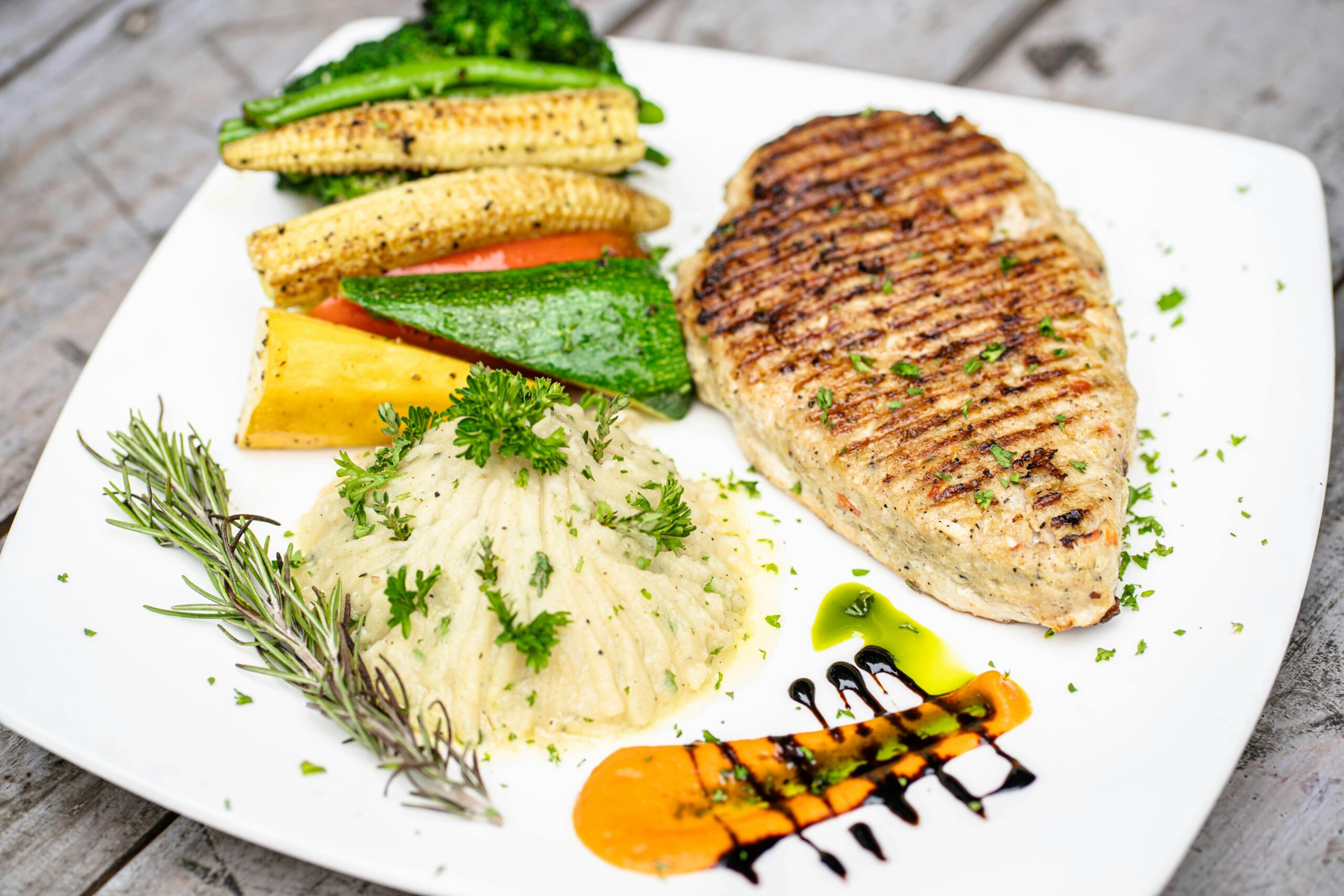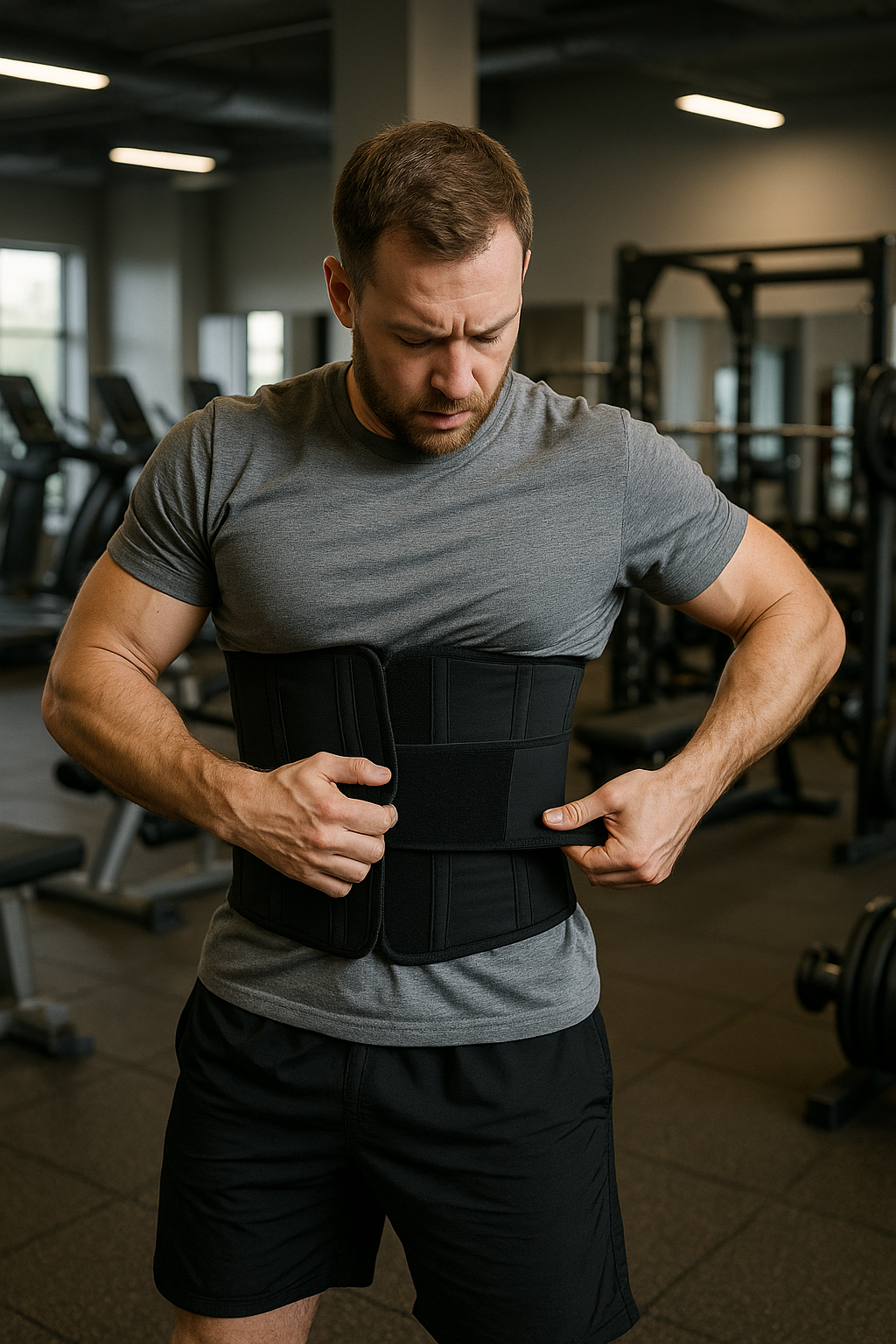Now that feeling when you’re three hours into your “healthy” lunch and your stomach starts rumbling like a disgruntled bear? Yeah, me too. I used to think willpower was the secret sauce to weight loss success until I discovered something that changed everything: fiber.
Here’s the thing: fiber isn’t just some boring nutritional afterthought your grandmother mentioned. It’s your secret weapon in the battle against stubborn pounds, and frankly, it’s about time we gave it the spotlight it deserves. Think of fiber as your personal appetite bodyguard, standing between you and that 3 PM snack attack.
Why Fiber Is Your Weight Loss Game-Changer
Let me paint you a picture. Imagine having a friend who could make you feel satisfied after meals, slow down your eating pace, and even help your body burn more calories simply by being part of your diet. That friend is fiber for weight loss, and it’s been waiting patiently in Whole Foods all along.
The science is pretty mind-blowing when you dig into it. Dietary fiber works like a sophisticated internal mechanism – it expands in your stomach, triggers satiety hormones, and slows down digestion so you feel fuller longer. It’s like having a built-in portion control system that doesn’t require downloading another app or counting anything obsessively.
But here’s where it gets exciting: high-fiber foods don’t just make you feel full; they require more energy to digest than other foods. We’re talking about something called the thermic effect of food, where your body burns calories just breaking down what you’ve eaten. It’s like getting a metabolic bonus every time you choose fiber-rich options.
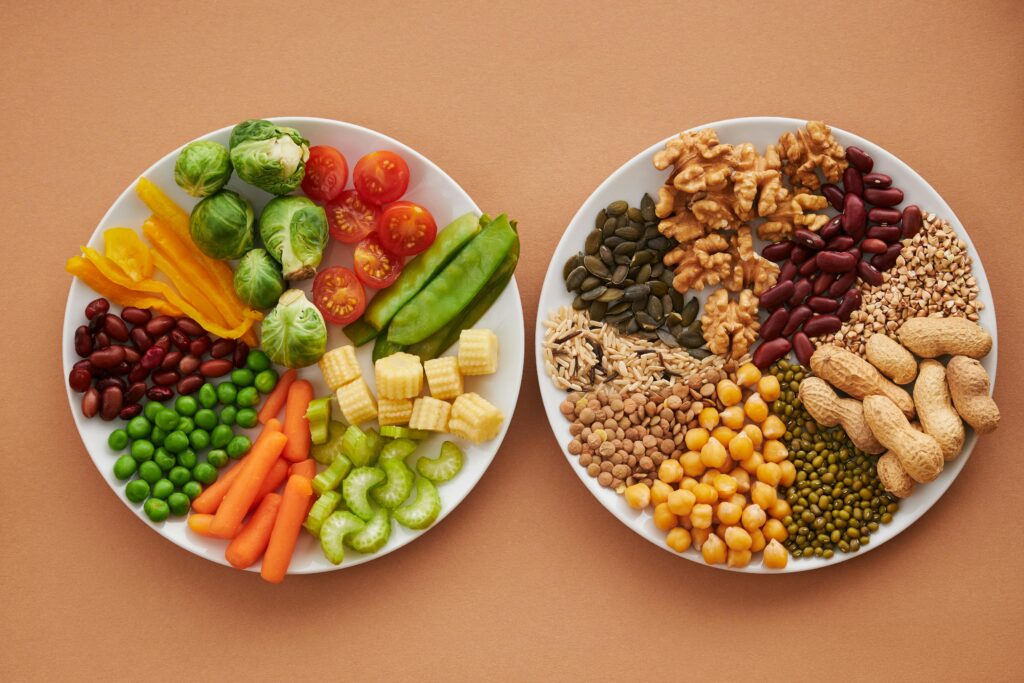
The Science-Backed Benefits of Fiber for Dieters
Enhanced Satiety and Appetite Control
When you eat foods high in fiber, something magical happens in your digestive system. The fiber absorbs water and expands, creating physical fullness that sends clear “I’m satisfied” signals to your brain. Unlike that fleeting satisfaction from processed foods, fiber-induced fullness has staying power.
Research indicates that increasing daily fiber intake can lead to a 10-15% reduction in overall calorie consumption, even without conscious effort. That’s like getting an automatic calorie deficit just by making smarter food choices.
Improved Gut Health and Metabolism
Your gut microbiome, that bustling community of bacteria living in your digestive system, thrives on soluble fiber. When you feed these beneficial bacteria properly, they produce short-chain fatty acids that can boost your metabolism and improve insulin sensitivity.
Think of your gut as a sophisticated internal ecosystem. The healthier this ecosystem, the better your body becomes at regulating weight, managing inflammation, and even influencing your mood and energy levels.
Blood Sugar Stabilization
One of fiber’s most underrated superpowers is its ability to slow sugar absorption. When you pair fiber-rich foods with carbohydrates, you create a more gradual, sustained energy release instead of those rollercoaster blood sugar spikes that lead to cravings and energy crashes.
The Ultimate List: 15 Best High-Fiber Foods for Dieters
Let’s get practical. These aren’t just nutritionally sound choices, they’re foods that taste good and fit into real life. I’ve ranked them based on fiber content, versatility, and their effectiveness in supporting weight loss goals.
1. Avocados (10g fiber per cup)
Creamy, satisfying, and loaded with healthy fats alongside their impressive fiber content. One medium avocado delivers about 14 grams of fiber; that’s nearly half your daily target right there. Plus, they make everything taste better, from toast to smoothies to salads.
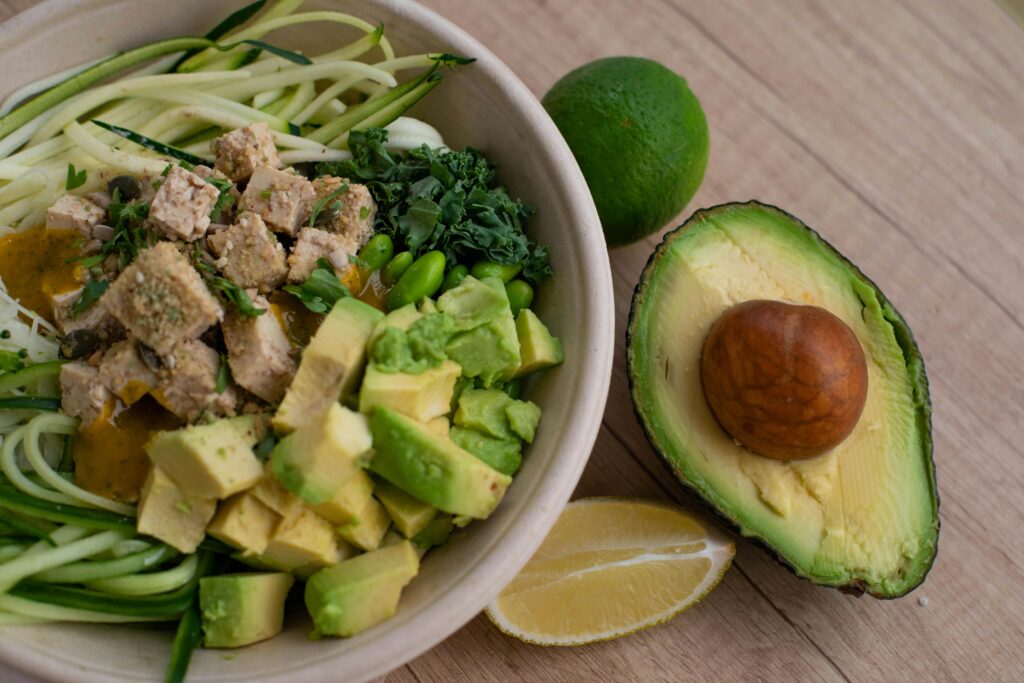
2. Chia Seeds (12g fiber per ounce)
These tiny powerhouses are like nature’s appetite suppressants. When mixed with liquid, they create a gel-like consistency that expands in your stomach. I like to think of them as edible water balloons that happen to be nutritional superstars.
3. Black Beans (15g fiber per cup)
Protein and fiber in one convenient package? Yes, please. Black beans are incredibly versatile – you can throw them into salads, soups, or blend them into surprisingly delicious brownies (trust me on this one).
4. Raspberries (8g fiber per cup)
Sweet, tangy, and packed with antioxidants alongside their fiber content. They’re like little ruby gems that happen to support your weight loss diet goals while satisfying your sweet tooth.
5. Artichokes (10g fiber per medium artichoke)
Admittedly, they require some work to eat, but that’s part of their weight loss magic. The slower eating pace gives your brain time to register fullness while you’re getting a massive fiber boost.
6. Lentils (15.6g fiber per cup, cooked)
The chameleons of the legume world. Red lentils cook quickly and disappear into sauces, while green and brown varieties hold their shape beautifully in salads and soups.
7. Pears with Skin (10g fiber per large pear)
Nature’s candy that supports your diet goals. The key is eating them with the skin on; that’s where most of the fiber lives.
8. Brussels Sprouts (4g fiber per cup)
I know, I know. But hear me out, properly prepared Brussels sprouts are delicious. Roast them with a bit of olive oil and garlic, and they become crispy, caramelized little flavor bombs.
9. Quinoa (5g fiber per cup, cooked)
This ancient grain is like the Swiss Army knife of nutritional food choices. Complete protein, fiber, and it’s naturally gluten-free. Use it anywhere you’d use rice or pasta.
10. Apples with Skin (4.5g fiber per medium apple)
The classic for good reason. Portable, crunchy, naturally sweet, and that satisfying eating experience that forces you to slow down.
11. Oats (8g fiber per cup, dry)
Steel-cut oats are particularly impressive for sustained energy and satiety. They’re like a warm hug for your digestive system.
12. Chickpeas (12g fiber per cup)
Whether you’re roasting them for a crunchy snack, blending them into hummus, or tossing them in salads, chickpeas deliver serious fiber with a satisfying texture.
13. Sweet Potatoes (6.8g fiber per large potato with skin)
Complex carbs, beta-carotene, and fiber all wrapped up in natural sweetness. They’re comfort food that supports your health goals.
14. Broccoli (5g fiber per cup)
The classic “eat your vegetables” vegetable that deserves its reputation. Steam it, roast it, or hide it in pasta sauces – it’s incredibly versatile.
15. Almonds (3.5g fiber per ounce)
Perfect for portion-controlled snacking. The combination of fiber, protein, and healthy fats makes them incredibly satisfying.
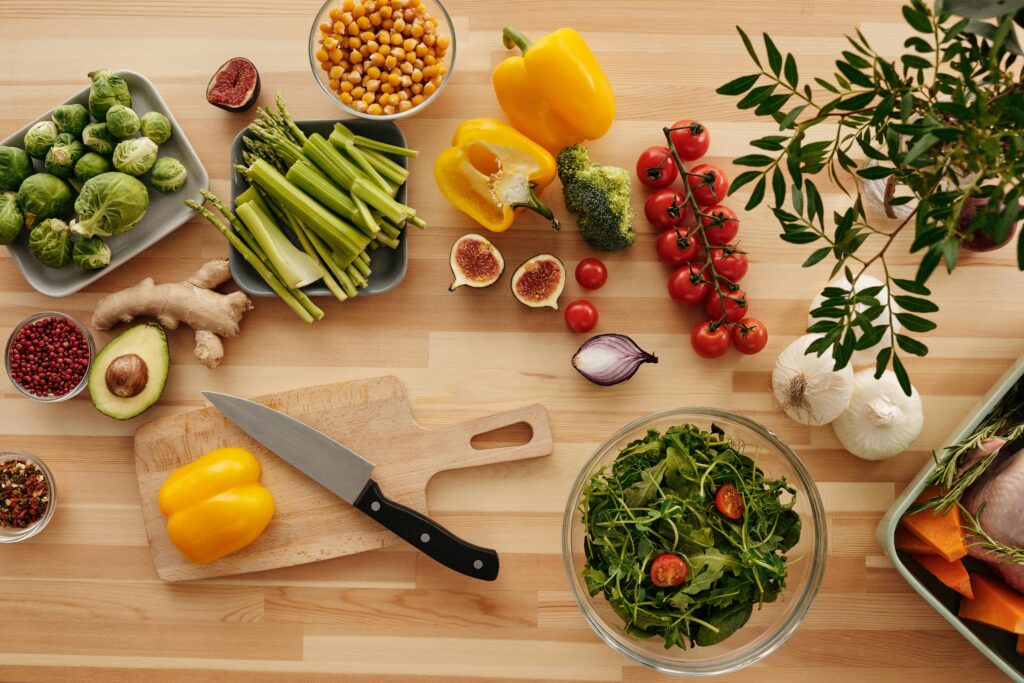
Smart Strategies: How to Add Fiber Without the Side Effects
Here’s the truth nobody talks about: dramatically increasing your fiber intake overnight is like going from couch potato to marathon runner in a week. Your digestive system needs time to adjust, and trust me, you want to ease into this transition.
Start Slowly and Build Gradually
Begin by adding just 5 grams of fiber per day for the first week. Your gut bacteria need time to adapt, and this gradual approach prevents the uncomfortable bloating and gas that gives fiber a bad reputation.
I learned this lesson the hard way when I enthusiastically doubled my fiber intake in one day. Let’s just say it wasn’t my most socially confident week.
Hydration Is Non-Negotiable
Fiber without adequate water is like trying to drive a car without oil; things get uncomfortable quickly. Aim for at least 8 glasses of water daily, and increase this as you increase fiber. The fiber needs water to do its job effectively.
Distribution Matters
Rather than cramming all your fiber into one mega-meal, spread it throughout the day. This approach is gentler on your digestive system and provides sustained satiety benefits.
Creating Your High-Fiber Weight Loss Meal Plan
Let’s make this practical with real meal ideas that don’t require a culinary degree or three hours of prep time.
Power-Packed Breakfast Options
The Overnight Oats Champion: Combine rolled oats with chia seeds, almond milk, and fresh berries. Prepare it the night before, and wake up to a ready-made fiber powerhouse that tastes like dessert for breakfast.
The Smoothie Bowl Revolution: Blend frozen berries, spinach (you won’t taste it, I promise), avocado, and protein powder. Top with sliced almonds and additional berries for an Instagram-worthy breakfast that delivers serious nutrition.
Satisfying Lunch Solutions
The Rainbow Salad: Mixed greens, chickpeas, diced apple, pear slices, and a handful of nuts with olive oil vinaigrette. It’s like eating a rainbow that happens to keep you full for hours.
The Warm Grain Bowl: Quinoa base topped with roasted Brussels sprouts, sweet potato cubes, and black beans. Drizzle with tahini dressing for richness that satisfies without derailing your goals.
Dinner Winners
The Vegetable Forward Pasta: Use lentil or chickpea pasta with roasted vegetables and a light marinara sauce. You get the comfort food satisfaction with triple the fiber of traditional pasta.
The Sheet Pan Spectacular: Roasted salmon with asparagus, Brussels sprouts, and sweet potato wedges. Everything cooks together, cleanup is minimal, and the fiber content is impressive.
Fiber Supplements vs. Whole Foods: The Real Talk
The supplement aisle is packed with fiber products promising quick fixes, but here’s what you need to know: whole food sources of fiber come with additional nutrients, antioxidants, and compounds that supplements simply can’t replicate.
That said, supplements can be helpful in specific situations. If you’re traveling, dealing with irregular schedules, or working up to adequate intake levels, a quality fiber supplement can bridge the gap.
When Supplements Make Sense
- During travel, when high-fiber foods aren’t readily available
- As a temporary bridge while establishing new eating habits
- For individuals with specific medical conditions (always consult your healthcare provider)
- When meal timing is unpredictable due to work schedules
The Whole Food Advantage
Whole foods provide what I call the “fiber ecosystem”, not just the fiber itself, but the vitamins, minerals, antioxidants, and phytochemicals that work synergistically to support overall health and sustainable weight loss.
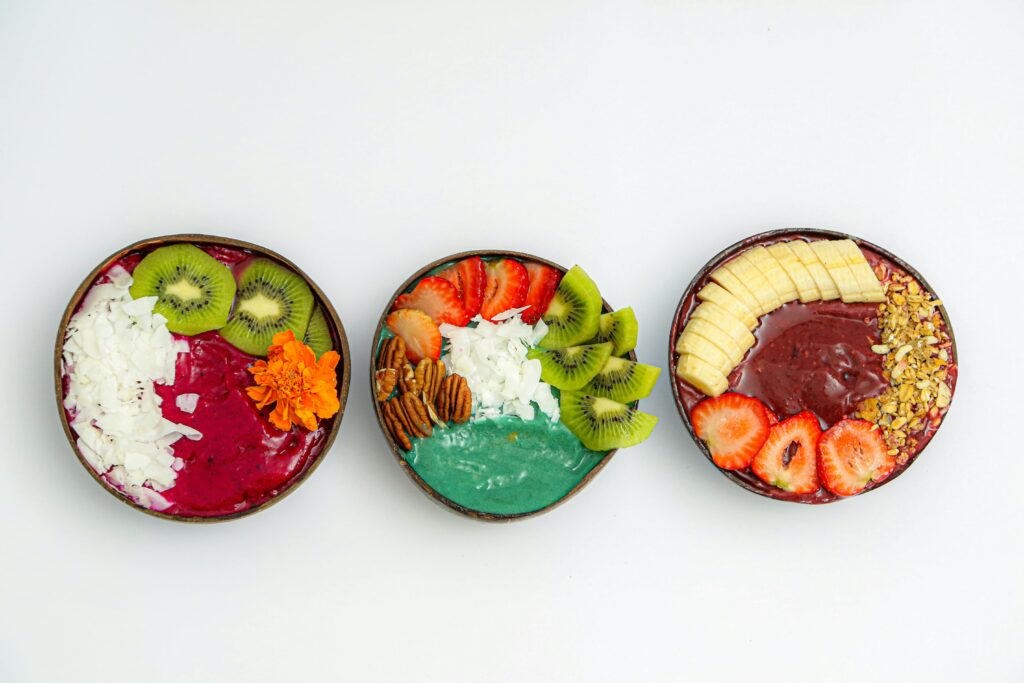
Common Fiber Mistakes That Sabotage Weight Loss
Mistake #1: The All-or-Nothing Approach
Going from 10 grams to 40 grams of fiber overnight is like jumping into an ice bath; technically possible, but unnecessarily shocking to your system. Gradual increases prevent digestive discomfort and improve long-term adherence.
Mistake #2: Ignoring Hydration
Fiber without water is like trying to wash dishes without soap, it just doesn’t work effectively. Inadequate hydration can lead to constipation, which is the opposite of what you’re trying to achieve.
Mistake #3: Focusing Only on Numbers
Obsessing over hitting exact fiber targets while ignoring food quality defeats the purpose. Focus on incorporating fiber-rich foods that you enjoy eating and that fit into your lifestyle.
Mistake #4: Neglecting Variety
Eating the same high-fiber foods repeatedly can lead to nutrient gaps and boredom. Different types of fiber feed different beneficial bacteria, so variety supports overall gut health.
The Timeline: When to Expect Results
Let’s set realistic expectations because sustainable change takes time, and anyone promising overnight results is selling something.
Week 1-2: Internal Changes
Your gut microbiome begins adapting to increased fiber intake. You might notice improved digestion and more stable energy levels before seeing changes on the scale.
Week 3-4: Appetite Changes
This is when the magic really starts happening. You’ll likely notice feeling satisfied with smaller portions and experiencing fewer between-meal cravings.
Month 2-3: Visible Results
Combined with overall healthy eating and regular movement, increased fiber intake supports steady, sustainable weight loss. Most people see 1-2 pounds of weekly weight loss during this phase.
Long-term: Lifestyle Integration
By month 6, eating adequate fiber feels natural rather than a conscious effort. The weight loss becomes secondary to simply feeling better, having more energy, and enjoying food without restriction mentality.
Troubleshooting Your High-Fiber Journey
“I’m Getting Too Much Gas and Bloating”
This is your gut bacteria throwing a party because they finally have proper food. Slow down the increase, ensure adequate hydration, and consider digestive enzymes temporarily while your system adapts.
“I Don’t Like the Texture of High-Fiber Foods”
Start with naturally creamy options like avocados and smooth nut butters. Gradually introduce foods with more texture as your palate adapts. Blending vegetables into smoothies or sauces can help with texture aversion.
“It’s Too Expensive to Eat This Way”
Focus on affordable staples like dried beans, lentils, oats, and seasonal produce. Frozen vegetables and fruits often provide better value than fresh while maintaining nutritional quality.
“I Don’t Have Time for All This Food Prep”
Batch cooking is your friend. Prepare large portions of high-fiber staples like quinoa, roasted vegetables, and bean salads on weekends. Canned beans and pre-cut vegetables can save significant time.
Special Considerations: Fiber for Different Lifestyles
For Busy Professionals
Portable options become essential. Think apple slices with almond butter, trail mix with dried fruit and nuts, or overnight oats that travel well to the office.
For Families with Picky Eaters
Start with familiar foods and gradually increase fiber content. Add chia seeds to smoothies, use whole grain pasta instead of refined versions, and blend vegetables into familiar sauces.
For Athletes and Active Individuals
Higher activity levels may require increased overall calorie and fiber intake. Focus on easily digestible options before workouts and recovery-supporting choices afterward.
For Those Managing Medical Conditions
Always consult healthcare providers before making significant dietary changes, especially if you’re managing diabetes, digestive disorders, or taking medications that affect nutrient absorption.
Beyond Weight Loss: The Additional Health Benefits
While we’re focused on fiber for weight loss, the additional health benefits are too impressive to ignore.
Cardiovascular Health
High fiber intake is associated with reduced risk of heart disease, lower cholesterol levels, and improved blood pressure regulation.
Diabetes Prevention and Management
The blood sugar stabilizing effects of fiber can help prevent type 2 diabetes and improve management for those already diagnosed.
Digestive Health
Beyond weight loss, adequate fiber supports regular bowel movements, reduces risk of digestive disorders, and promotes beneficial gut bacteria growth.
Mental Health Connections
Emerging research suggests strong connections between gut health and mental wellbeing, with fiber playing a crucial role in this gut-brain axis.
Your Action Plan: Getting Started This Week
Let’s make this practical and achievable. Here’s your week-by-week roadmap to successfully incorporating more high fiber foods into your routine:
Week 1: Foundation Building
- Add one high-fiber food to each meal
- Increase water intake by 2 glasses per day
- Track how you feel rather than focusing on scale weight
Week 2: Expansion
- Try two new high-fiber foods
- Begin meal prepping one high-fiber component weekly
- Continue gradual increases in portion sizes
Week 3: Integration
- Focus on fiber-rich snacks between meals
- Experiment with fiber-rich recipes that excite you
- Notice changes in energy levels and satiety
Week 4: Optimization
- Fine-tune portions based on your response
- Address any digestive concerns with gentler approaches
- Celebrate the sustainable habits you’ve built
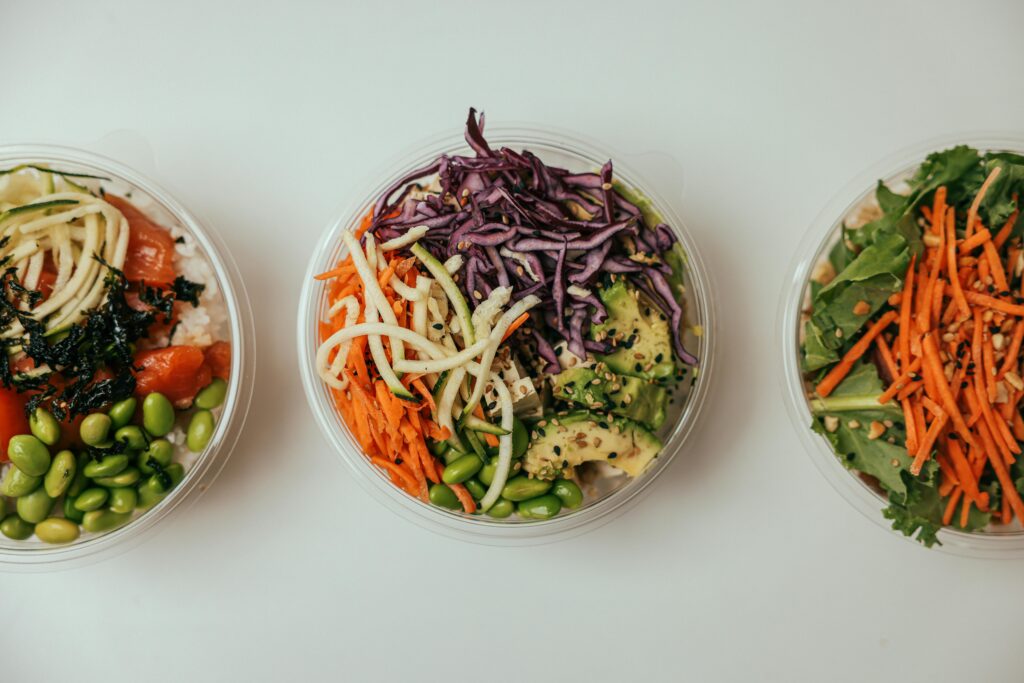
The Bottom Line: Fiber as Your Weight Loss Foundation
Here’s what I want you to remember: fiber for weight loss isn’t about restriction or punishment. It’s about abundance – abundant nutrition, abundant satisfaction, and abundant energy to live your life fully.
The best high fiber foods for dieters aren’t exotic superfoods that cost a fortune or require special preparation. They’re real foods that humans have been eating for thousands of years – beans, vegetables, fruits, whole grains, nuts, and seeds.
You don’t need to overhaul your entire life overnight. Start with one high-fiber addition per day, be patient with your body’s adaptation process, and trust that sustainable changes lead to sustainable results.
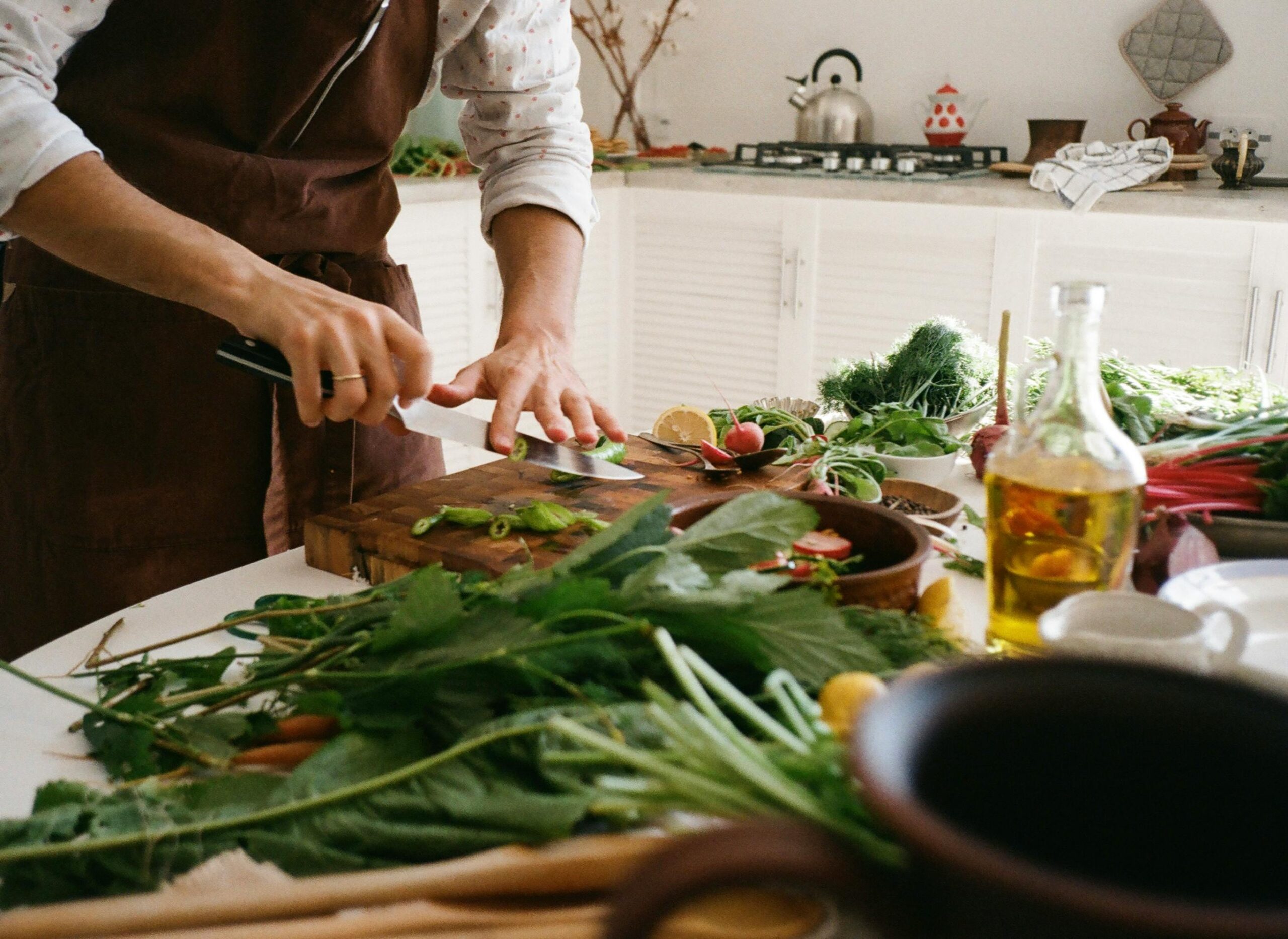
The weight loss industry wants you to believe that success requires complicated rules, expensive supplements, and constant deprivation. But sometimes the most powerful solutions are hiding in plain sight – in this case, in the produce section, the dried goods aisle, and the simple act of choosing whole foods over processed alternatives.
Your journey with fiber might start as a weight loss diet strategy, but I predict it will evolve into something much more valuable: a sustainable way of eating that makes you feel energized, satisfied, and genuinely healthy from the inside out.
Remember, every small choice matters. Every apple eaten with the skin on, every serving of beans added to your salad, every replacement of refined grains with whole grains moves you closer to your goals.
The best part? Unlike restrictive diets that leave you feeling deprived, a high-fiber approach allows you to eat more food while supporting your weight loss goals. It’s not about eating less – it’s about eating smarter.
So grab that apple, embrace those Brussels sprouts, and start building the sustainable, satisfying eating pattern that will serve you for years to come. Your future self will thank you for making friends with fiber today.
Ready to transform your relationship with food through the power of fiber? Start with just one high-fiber addition to your next meal, and begin building the foundation for sustainable, enjoyable weight loss that lasts.





